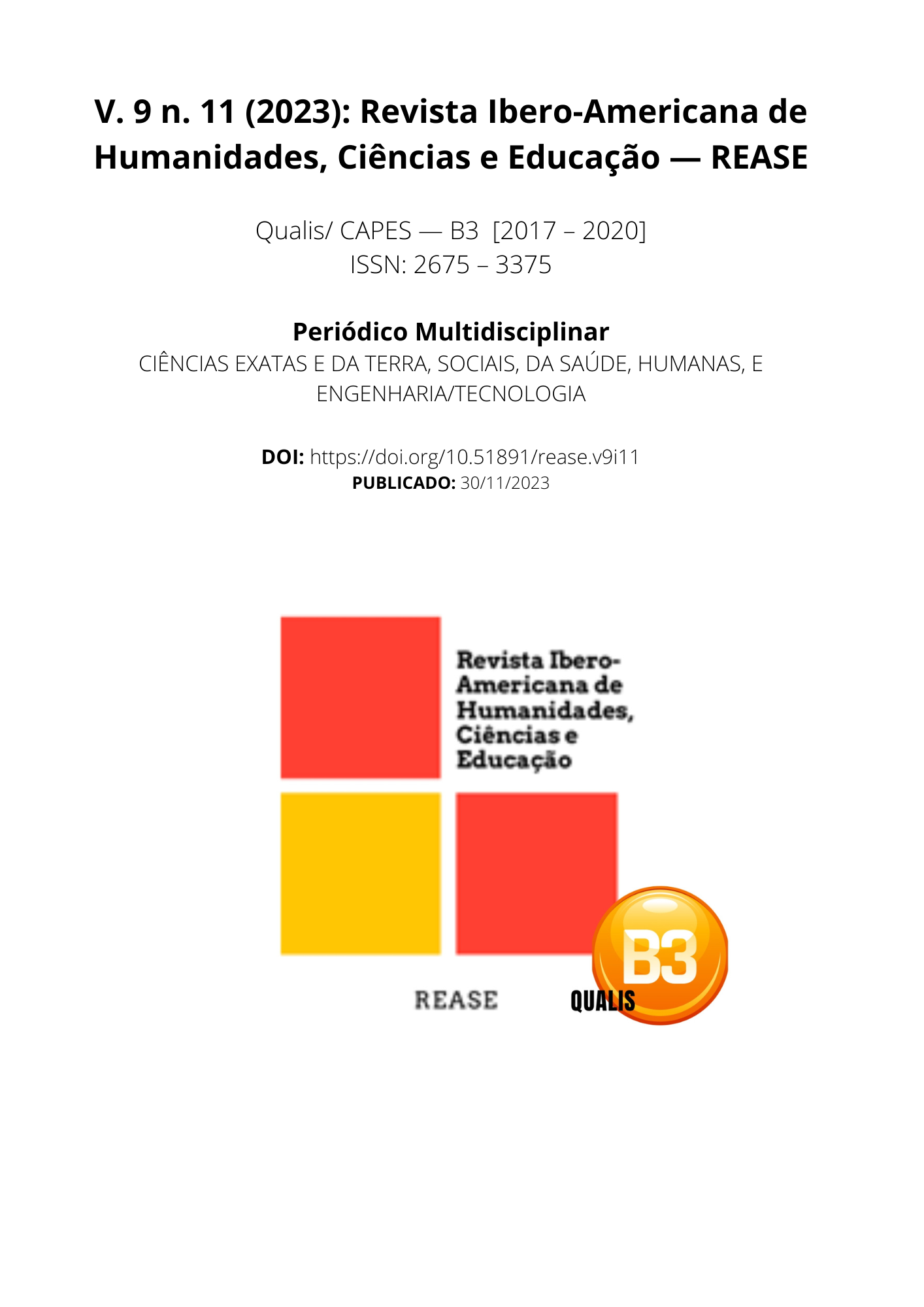MARIA DA PENHA LAW: A HISTORICAL AND CONTEMPORARY ANALYSIS OF ITS INEFFECTIVENESS
DOI:
https://doi.org/10.51891/rease.v9i11.12407Keywords:
Domestic Violence. Women. Femicide.Abstract
This article reflects on the context surrounding the issue of domestic violence against women, discussing Law No. 11,340/2006, which, in essence, provides a serious means of combat and punishment. However, in practice, its applicability has not yet been as effective as it should be, requiring extensive reflection and mobilization of competent authorities so that this law can truly achieve better efficacy, as research in Brazil indicates a growing number of cases of violence against women. This was a bibliographic review research, based on legislation and authors who discuss this subject. The study made it possible to verify that, despite the existence of many laws in favor of preventing and assisting women victims of violence, it is necessary to seek strategies that contribute to identifying numerous overlooked cases, enforcing existing laws rigorously, and strengthening public policies to transform the lives of women victims of violence.
Downloads
Downloads
Published
How to Cite
Issue
Section
Categories
License
Atribuição CC BY

